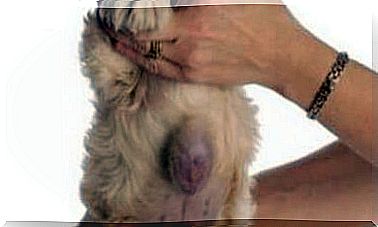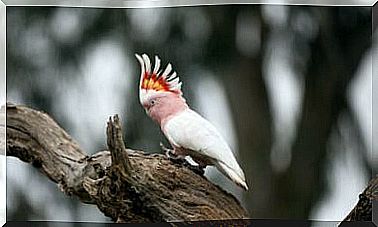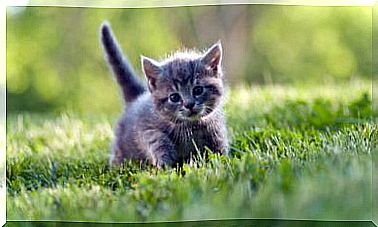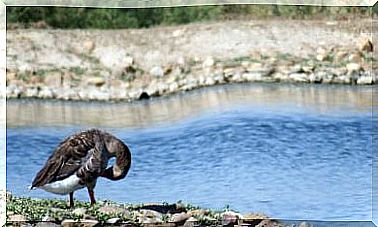Why Is The Zebra Skin Streaked?

The skin of the zebra makes it unmistakable. The black and white stripes are imitated by humans: fabrics for clothing and upholstery, pattern for decorative elements or cushions.
Outside the stylists’ territory, the zebra skin has been the subject of scientific research . Over time, various theories have arisen about the function of strips.
Leather is the best defense
Science shows that there is always a very specific reason that goes beyond aesthetics. Protection, warming or camouflage are some explanations of the appearance of a living being.
In general, the skin characteristics of animals depend on the habitat in which they live. The skin protects from the climate and from the aggressions of other animals, therefore it has a defensive function that ensures survival.
The type of skin (smooth, with hair, with feathers, light, dark) allows it to adapt to the environment, and the zebra does not escape this rule. The streaks of his skin are still the subject of research and debate.
Why is zebra skin streaked?
There has been a lot of research into this and scholars are drawn to the zebra’s original appearance. Explanations have been going on for more than a century.
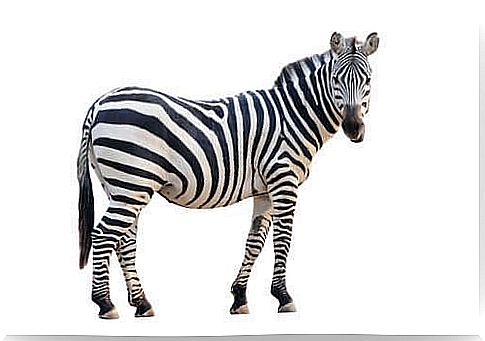
There are three conclusions, all credible and possible, to which the most recent research is right. Zoologists continue to argue about their validity and credibility.
Camouflage
According to this version, the stripes are used by the animal to blend in with the environment, to blend in with nature so as not to be seen by lions and hyenas, its main predators.
This theory explains that the zebra’s skin stripes create an optical illusion that allows it to make itself invisible. The black ones allow you to blend in with the trees; the white ones imitate the beams of light that filter through the foliage of the trees.
However, some research claims that predators are able to spot zebras from more than 50 meters away during the day and 30 meters at night. They distinguish their silhouette, just as they do with other animals of the same size. In this case, therefore, the strips would have no protective function.
Thermal effect
A University of California study explains that zebra stripes allow them to live in warm habitats. This research was based on the discovery that not all zebras have the same amount of stripes.
Zebras that live in places where temperatures are higher have more stripes. The warmer the habitat, the more stripes there are on the zebra’s skin.
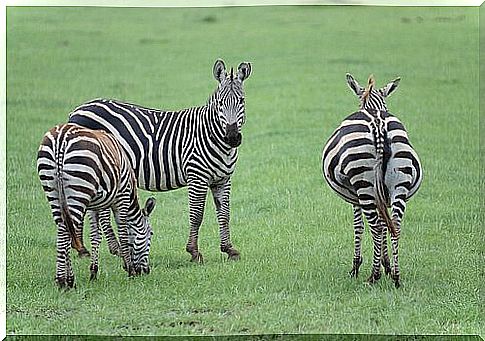
Repellent of gadflies and flies
Zebras live in the savannah, a land of extensive grasslands. They are often found near water sources, as they need to drink a lot and often.
In this habitat the zebra coexists with gadflies and tsetse flies, bloodsucking insects. It turned out that the black and white stripes of the zebra’s skin defend it from these insects.
Studies were conducted in Hungary and Sweden on black, brown and white horses. Insects preferred dark coats. What happens with the zebra stripes?
The narrow black and white stripes have a special effect with the reflection of light. The conclusion is that this keeps annoying insects at bay.
Zoologists believe that there is no single valid reason. The zebra’s skin stripes undoubtedly obey many factors that make this animal one of the most showy equines on the planet.

